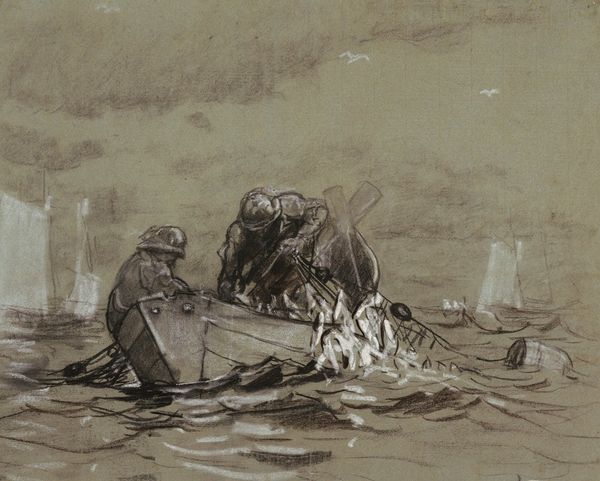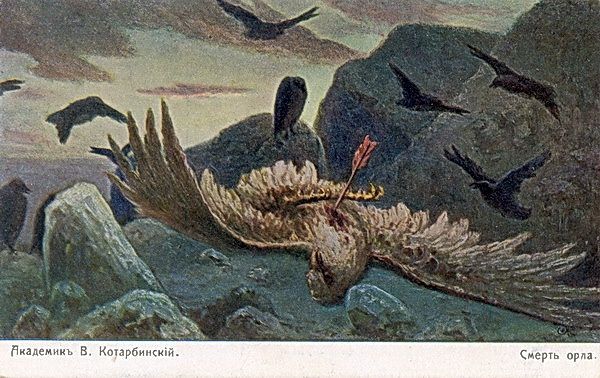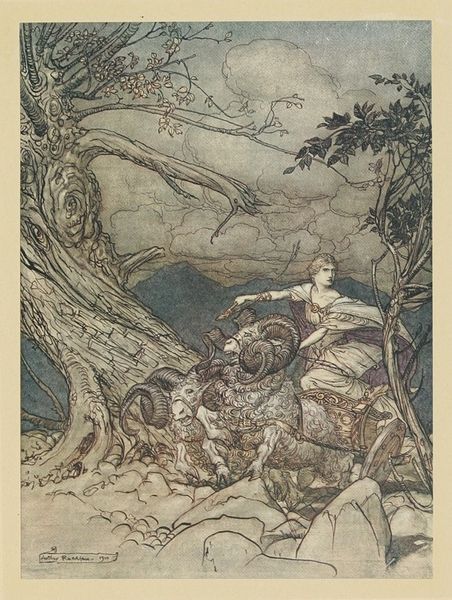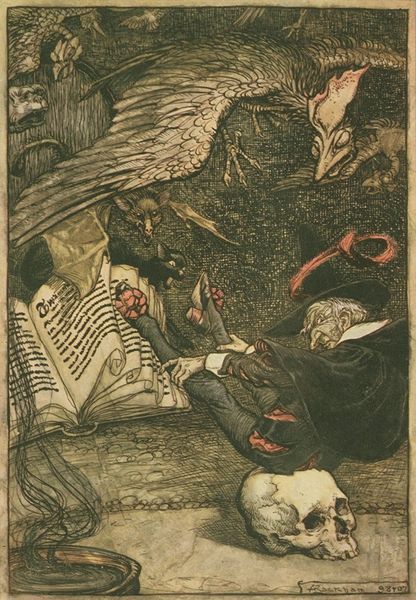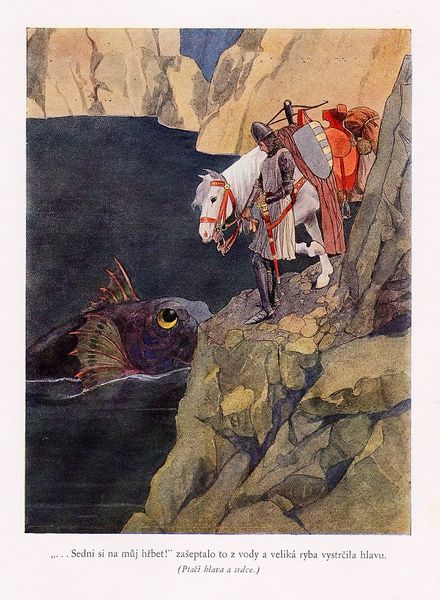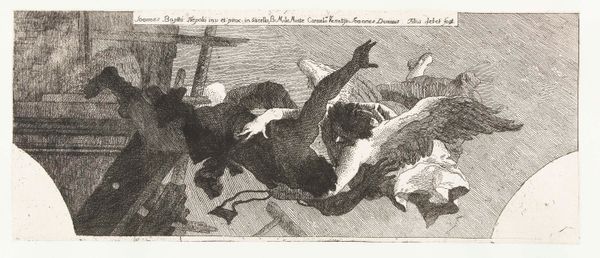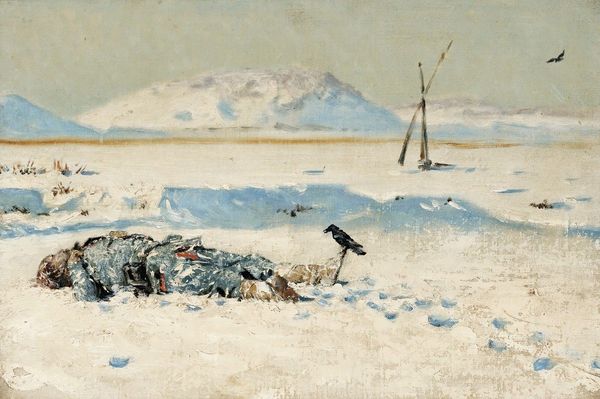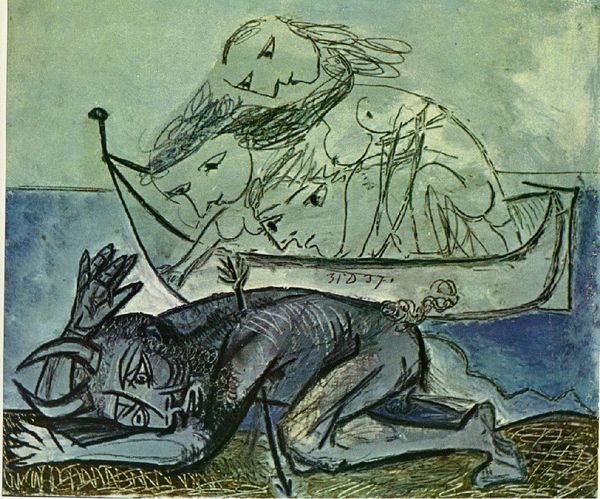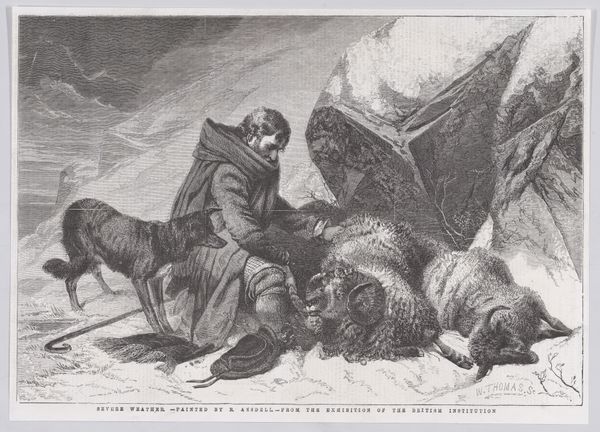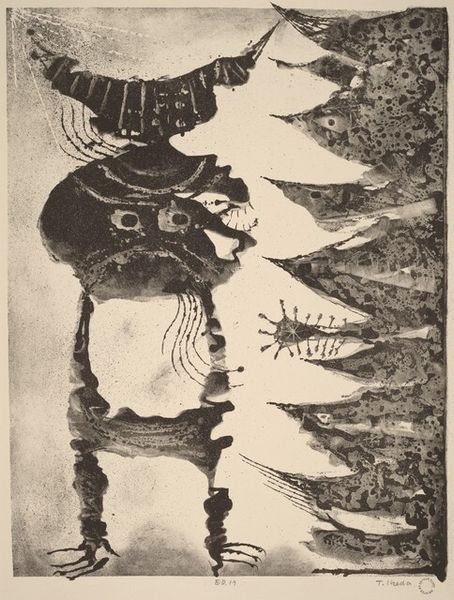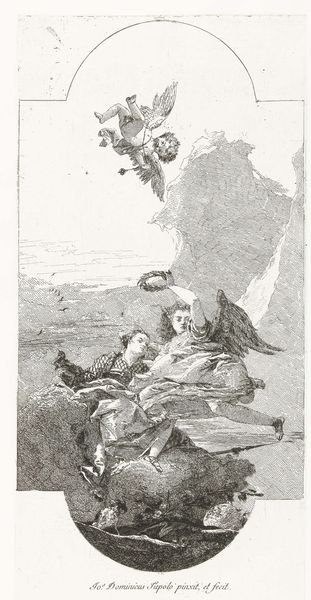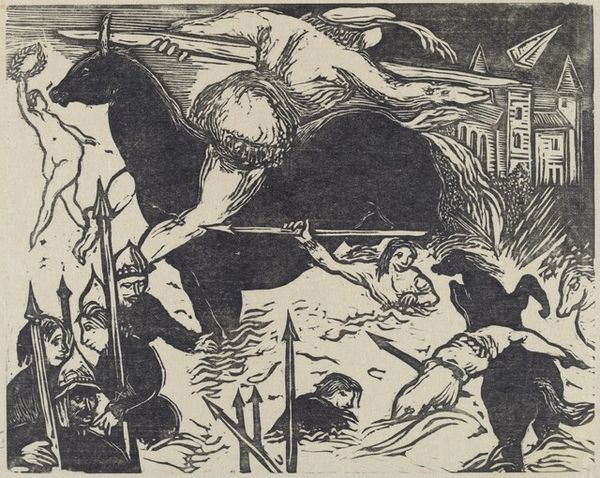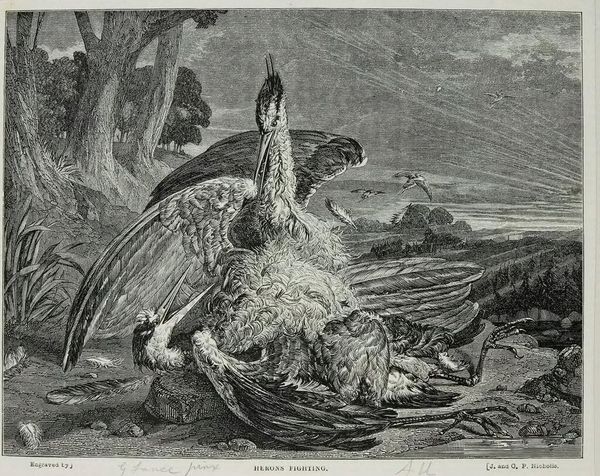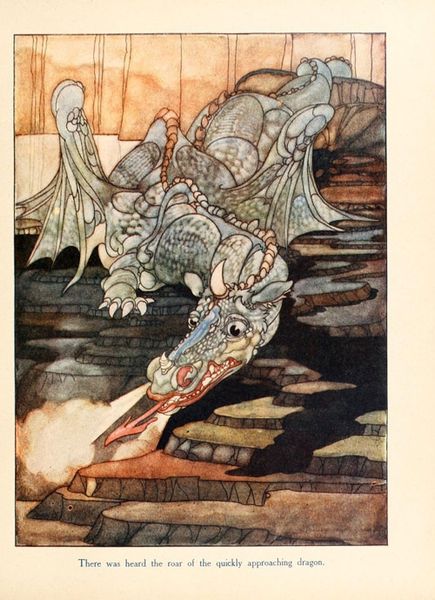
painting, oil-paint
#
painting
#
oil-paint
#
soviet-nonconformist-art
#
oil painting
#
realism
Dimensions: 77 x 96 cm
Copyright: Pyotr Konchalovsky,Fair Use
Editor: Here we have Pyotr Konchalovsky’s 1953 oil painting, "Still Life. Grouse and woodcock." It feels strangely somber, a quiet moment despite the subject. What jumps out at you when you look at this? Curator: Somber is a good word. I’m struck by the subdued palette, the muted earth tones that seem to absorb rather than reflect light. It’s as if the artist is painting memory itself, rather than simply depicting a collection of birds. Do you feel a sense of… contemplation, perhaps? Editor: I do, definitely. Almost a sense of mourning, which feels weird for a still life. Is there something particular about Russian still lifes of this period? Curator: Interesting thought. Soviet still lifes often walked a tightrope. Overt displays of wealth were frowned upon, yet artists still wanted to capture the beauty of everyday objects. This painting, done in 1953, the year Stalin died, could be seen as a reflection of a society in transition, a pause. A farewell to what was and an uncertain look ahead. What about the way he’s applied the paint? Anything catch your eye there? Editor: I notice the brushstrokes are very visible, kind of rough, not trying to hide anything. Curator: Exactly! It’s honest, unpretentious. Almost a visual metaphor for the straightforwardness the artist perhaps yearned for in a time of political complexities. What have we learned today, do you think? Editor: I now realize how even seemingly simple subjects can carry deep meaning! Thanks. Curator: Indeed! Art often whispers what history shouts. A sobering thought indeed.
Comments
No comments
Be the first to comment and join the conversation on the ultimate creative platform.
